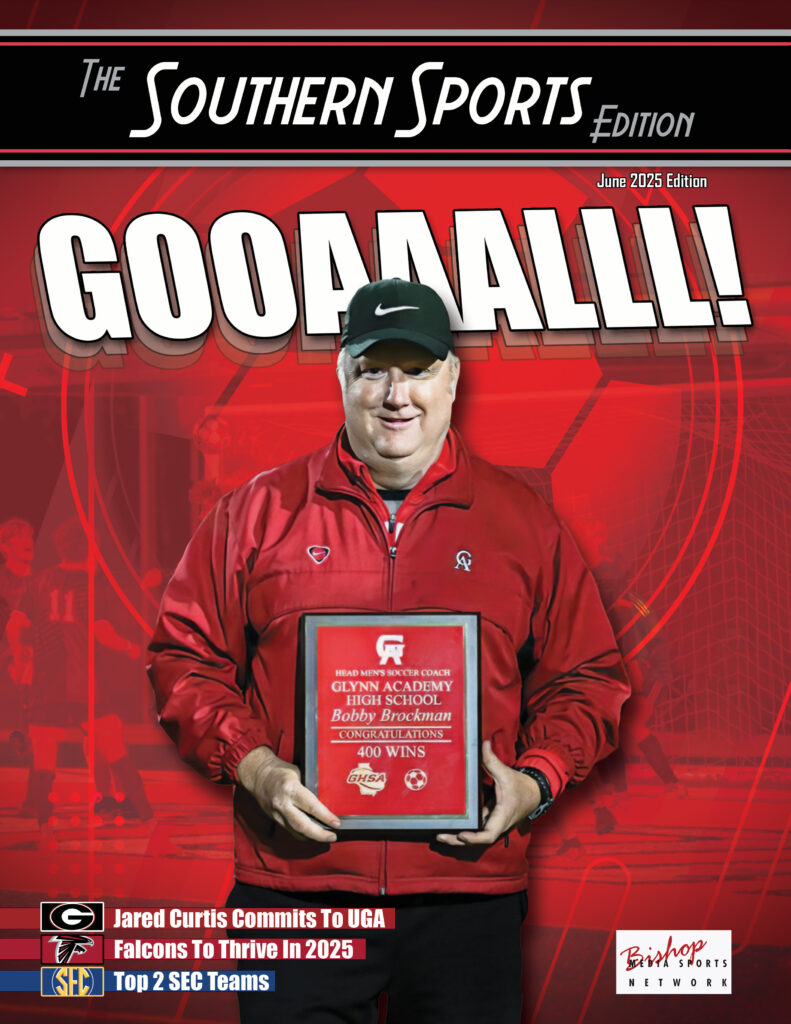Georgia Tech Yellow Jackets New NIL Philosophy
Tech’s NIL Buzz
 By: Kenneth Harrison
By: Kenneth Harrison
TheSouthernSportsEdition.com news services
Georgia Tech Athletic Director J Batt is being proactive about the changes going on across the NCAA landscape.
There is an expected $2.8 billion settlement of House v. NCAA this summer. It is expected to afford schools $20.5 million to give to its athletes.
This figure is for athlete compensation across all varsity sports, not just those that generate revenue.
The number represents approximately 22% of average athletic department revenue across power conference athletic departments. The cost could rise to nearly $33 million per school in the next decade.
Batt is part of the settlement implementation committee and he gave an interview about the potential implications.
“From a macro perspective, we’re gonna get a system that’s fair, that’s transparent. We’re gonna get a system that is much more, I would think, kind of balanced across the board,” Batt said. “I think that if we zoom all the way out, that’s what everyone wants to look for, something that is sustainable over time that certainly drives more revenue for student-athletes.
“That, at the end of the day, is a goal we’ve all been working toward and feel like this would put it into place, but also creates some of that structure, some of that transparency, some of that systematic approach to the NIL and revenue sharing going forward.”
The House v. NCAA settlement was officially ratified recently, clearing the way for universities to directly pay athletes starting in 2025.
The settlement is expected to formally take effect on July 1, 2025, after it was approved by Judge Claudia Wilken of the United States District Court for the Northern District of California.
This is truly the biggest shift ever in college athletics. College is officially pay-for-play for the first time ever. The NCAA cleared several rules banning the practice in the lead-up to the settlement, and the new reality is now here.
Each school is expected to handle the settlement money differently.
“I would tell you that we’re really transparent with our coaches. We’ve got great buy-in across the board. We’ve been planning on how does this happen, what does it look like, for well over a year at this point in time,” Batt continued. “We’ve been working toward not only how we might fund it, how we might deploy it, what internal resources you need. We just did up a whole different vertical with our de facto general manager and enhanced legal team (and) finance to take care of rev share payments. All those sorts of things. It’s a huge shift for everybody in college athletics.”
The expectation is that more than 70% of these funds will be spent on football at power-conference schools. For a school like UConn, they may spend 50% of their budget on men’s basketball.
It still remains unclear how Title IX will factor into the model, though at least some funds will likely be directed toward women’s sports.
Players are being compensated directly but they still will not be classified as employees. They will probably be looked at as independent contractors.




